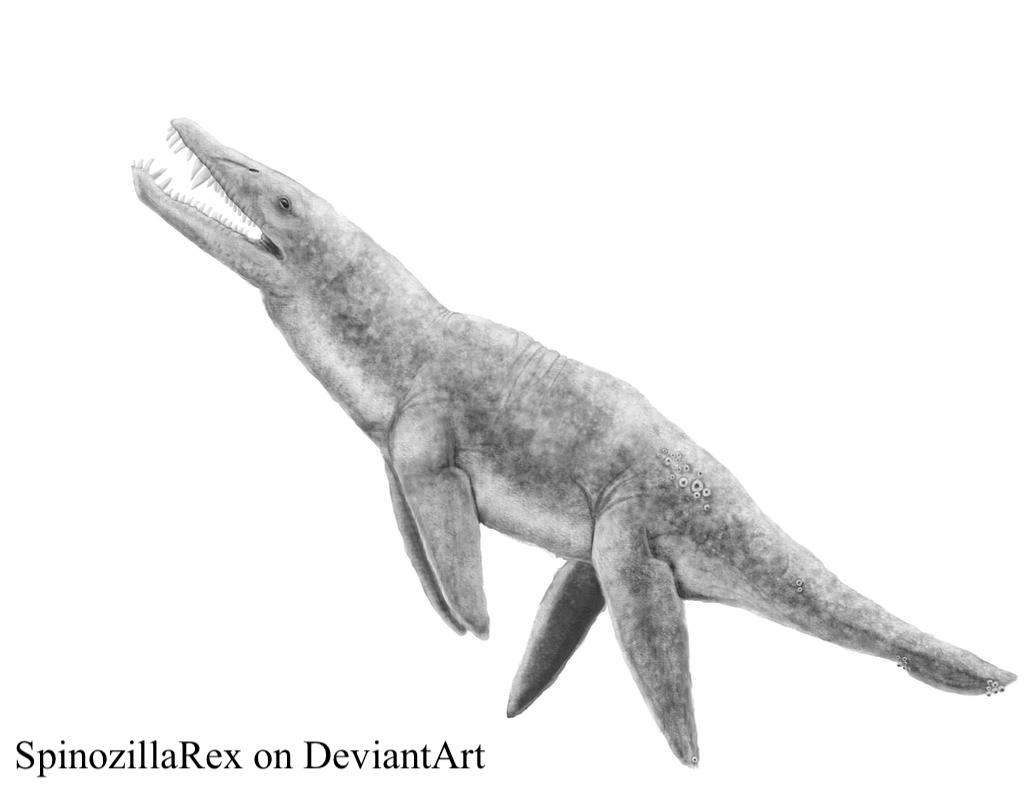Welcome to Acostasaurus

Name Definition
Acosta’s lizard
Name Given By
Gómez, Pérez & Noè in 2017
Location
Paja Formation of Colombia, South America
Classification
Reptilia, Sauropterygia, Plesiosauria, Pliosauridae
Size
estimated to be around 4 - 5 meters in length
Temporal Range
Barremian - Aptian stages of the early Cretaceous, about 130 - 120 million years ago
Ecological niche
large piscivore/carnivore
Species/Sub Species
A. pavachoquensis
Diet
Acostasaurus preyed on squid and fish as well as smaller ichthyosaurs and plesiosaurs
Introduction
Acostasaurus is a genus of pliosaurid marine reptiles that lived in Colombia’s waters during the Early Cretaceous. The holotype specimen consists of a nearly complete skull, postcranial material including a complete hindlimb, and different vertebrae. While the skull has been measured to be about 70 cm long, the body length is uncertain, though most rough estimates have placed Acostasaurus at about 5 meters long. There are some features that are noted in the specimen which could possibly mean that this specimen is a sub-adult. However, like other plesiosaurs, Acostasaurus may have been pedomorphic (when an animal retains juvenile features as an adult). From what else is observed in the skull, the orbits (the cavities in the head which hold our eyes) are quite large which also house a large pair of sclerotic rings (rings of bones found in the eyes of many vertebrate groups), indicating that Acostasaurus could see well and hunt in deep and murky waters. Acostasaurus has sometimes been compared with the brachauchenine pliosaurs since they are the only pliosaurids known from the Barremian stage of the early Cretaceous. There are still some problems with this classification since Acostasaurus has a caniniform (having the form of a canine tooth), contrary to the shape of the rest of its teeth, but brachauchenines possess a longirostrine homodont dentition (when all the teeth in the mouth have the same morphology or structure). This can also be compared to more basal pliosaurids like Simolestes where they have a similar heterodont dentition.